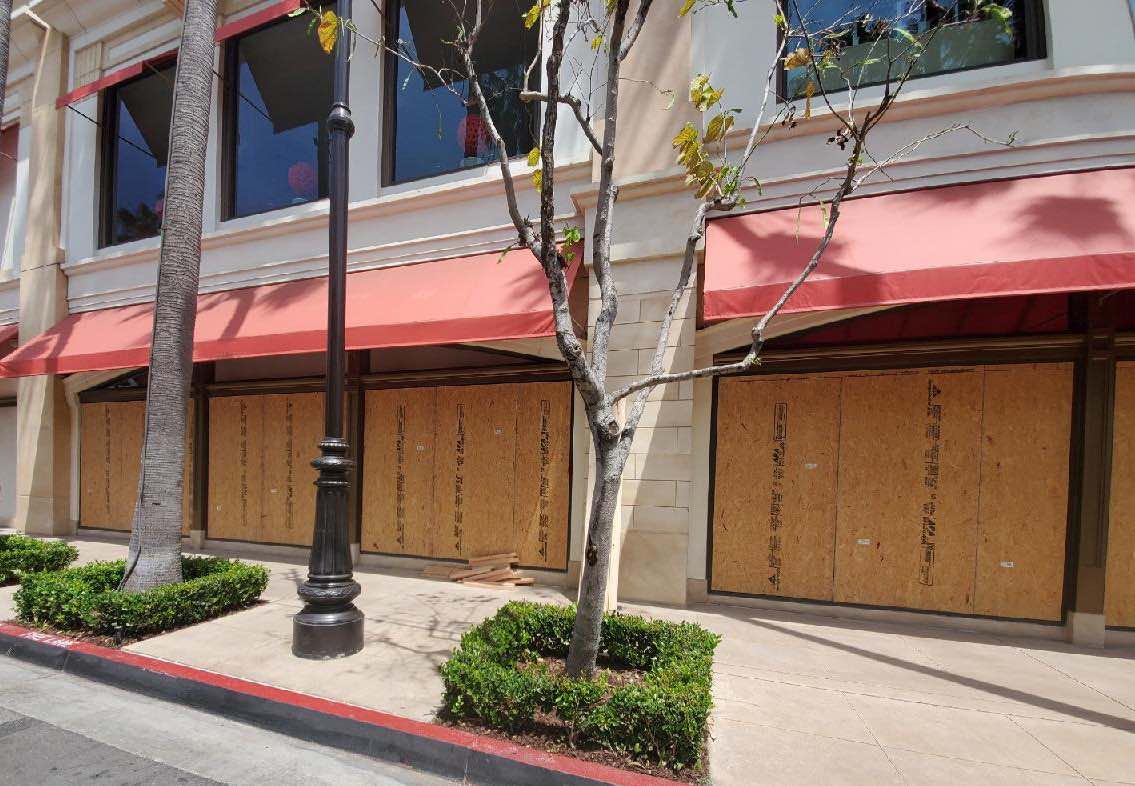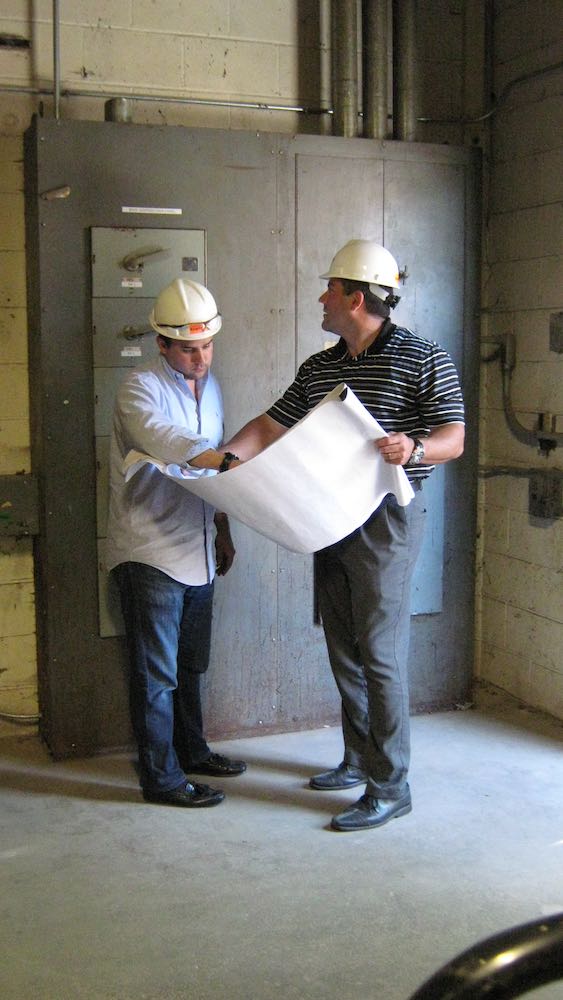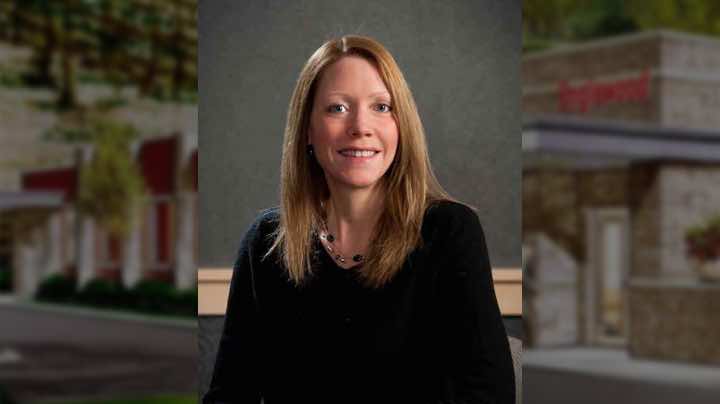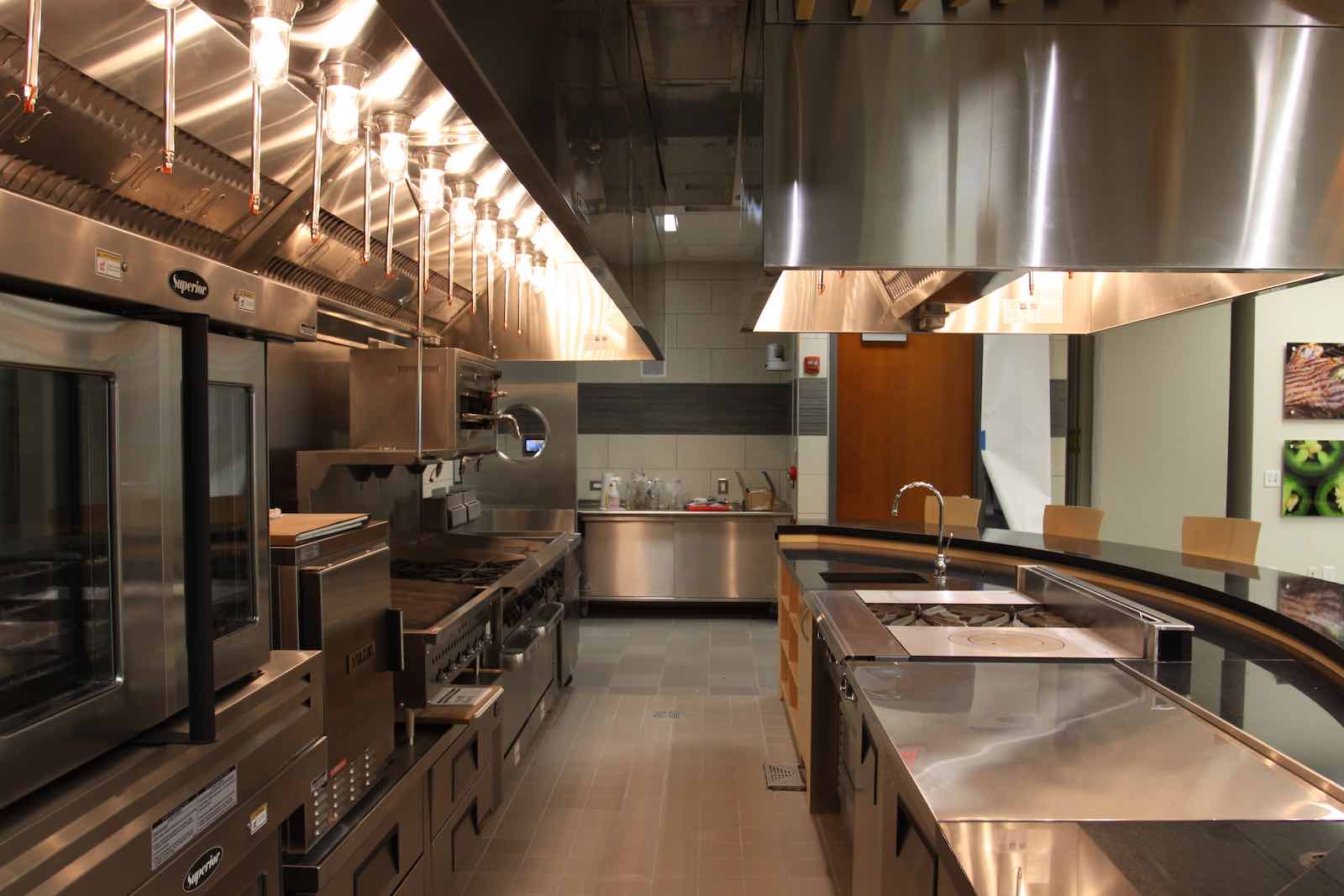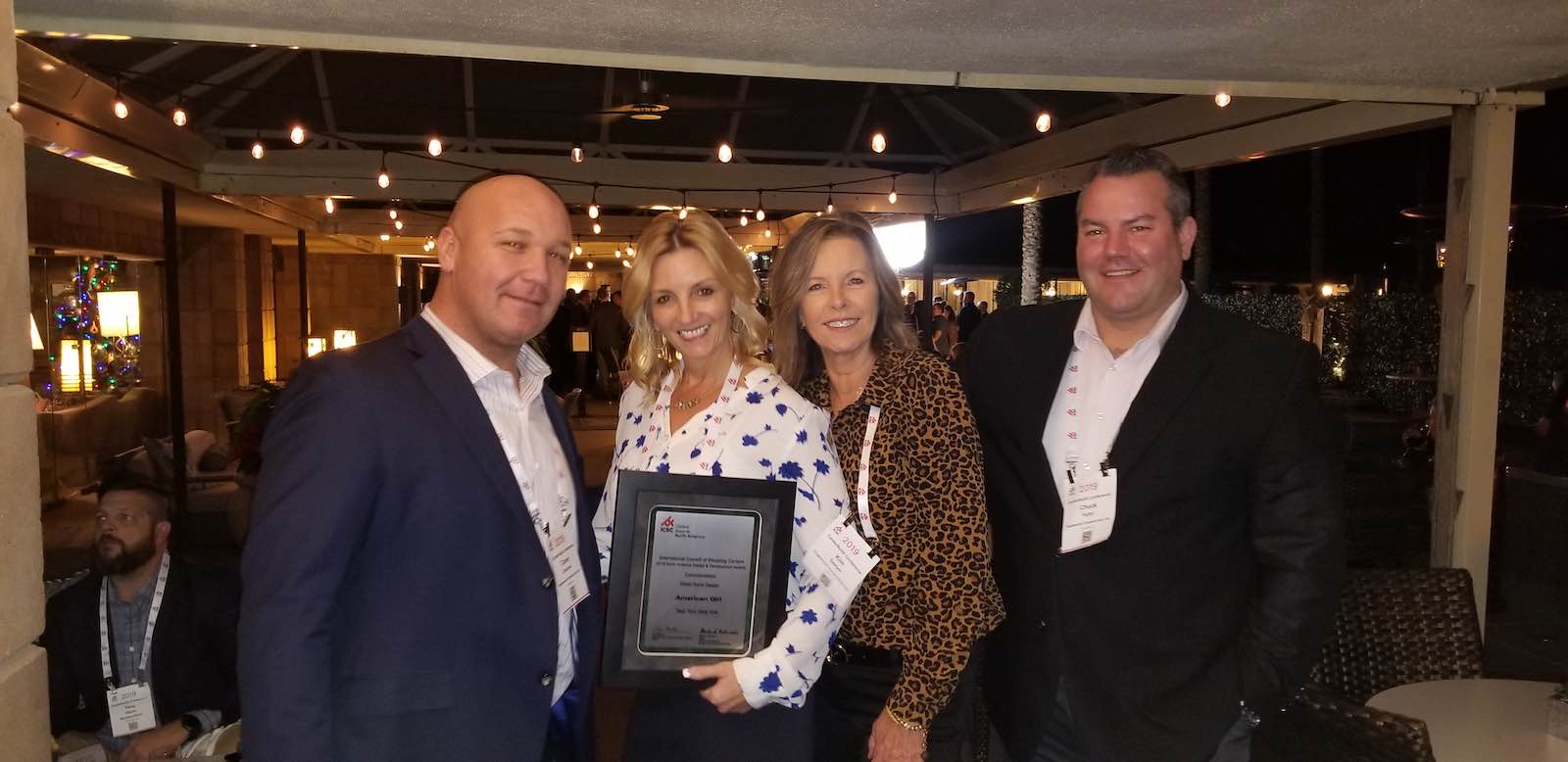
Earlier this spring, I had the opportunity to talk with Restaurant Development + Design Magazine for an article on “How to Find the Perfect Construction Partner” that just published in the July/August issue. The final piece is a great resource that’s relevant to pretty much every commercial real estate sector – not just restaurant development – and covers important points that should be on anyone’s checklist when vetting and choosing a construction partner for a commercial real estate project.

As part of my interview, the reporter turned the tables on the topic and asked for my perspective on what construction firms look for in a great client. It’s an excellent point because any successful contractor-client relationship is a two-way street built on having two parties that respect each other, hold up their respective ends of the partnership, and just generally feel good about working together. Plus, once a client finds a great construction partner, the best way to hold onto them is by being a good customer themselves. Here’s some of what I shared in the article, plus some additional thoughts:
1. Be Selective in the Bidding Process
If the project is a competitive bid, some clients are tempted to send it out for pricing to a laundry list of construction firms. But for us, it’s a major red flag when a client is willing to take a number from anyone and everyone just to get to the lowest price. There’s a huge range of construction firms out there, from well-established, respected companies all the way down to what I call “pickup truck” contractors – who are major risks when it comes to reliability and follow-through. Not to mention, there are factors other than price that should be weighed when selecting a construction partner, from the firm’s reputation to their portfolio of relevant experience. It’s well worth the time for clients to vet firms they are considering in advance and ask a select few to participate in the bidding process. Doing so tells us they are as serious about the project as we are.
2. Invest in Quality Drawings and Documents
I can’t emphasize enough the importance of hiring a good architect and engineer and paying them well for a quality set of project plans and documents. While we’ve certainly worked with clients based on barely more than a sketch, that is far from optimal – and signals to us that the client might not be fully committed to a project or will be cutting corners at every turn. Plus, it not only makes our job that much more difficult when we have to interpret the client’s intent from limited information, but it can also lead to costly change orders for the client if details are missed or misinterpreted because they aren’t clearly spelled out.
3. Look for Partners, not Vendors
By far, the clients we love working with time and time again are those that think of us as a true partner in their business, rather than just a vendor they choose based on price. A trusted general contractor has real expertise to offer, and can help make sure your job runs smoothly by anticipating and heading off issues before construction starts – and even value engineer the project in ways you or your architect might not have considered. Our most successful client relationships are the ones where we’re brought to the table early and often, and have an opportunity to offer input on a project even before plans are finalized and bidding begins. In the best scenarios, this leads to repeat business and a long-standing relationship that is fruitful and beneficial on both sides.
Tel: 847-233-9200 x712
Questions? Comments?
You can reach me at CTaylor@eci.build
www.EnglewoodConstruction.com
from Hard Hat Chat http://commercialconstructionblog.com/3-tips-on-how-to-find-the-perfect-commercial-construction-contractor-and-be-a-great-construction-client/
via Hard Hat Chat
